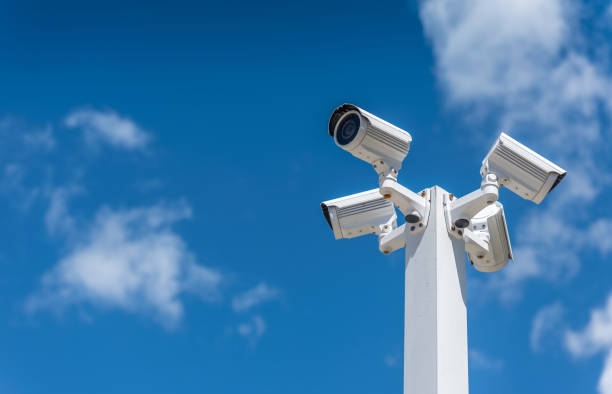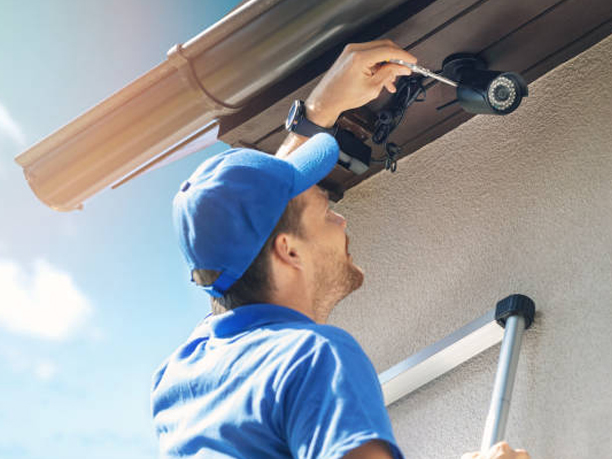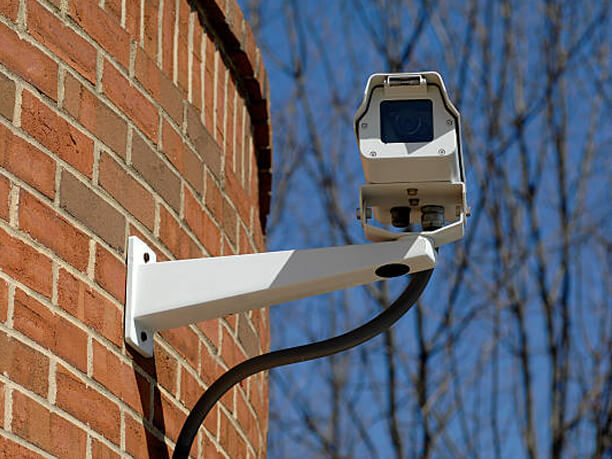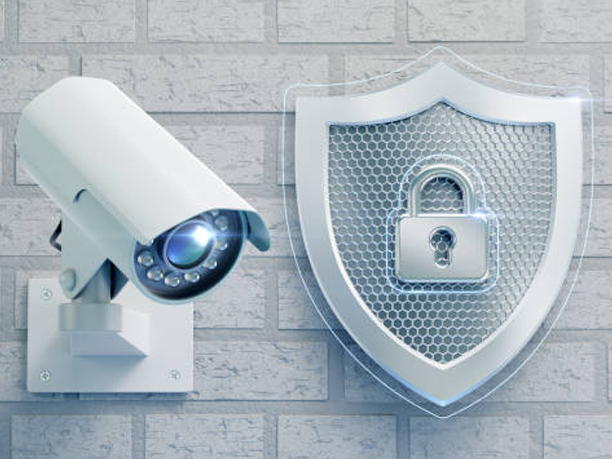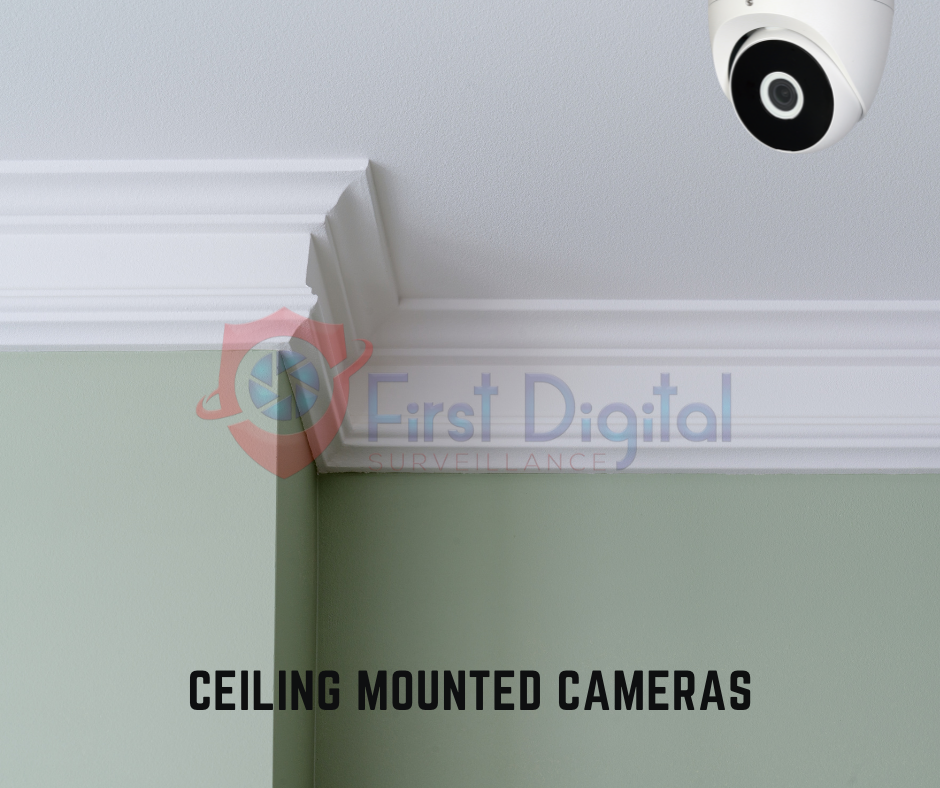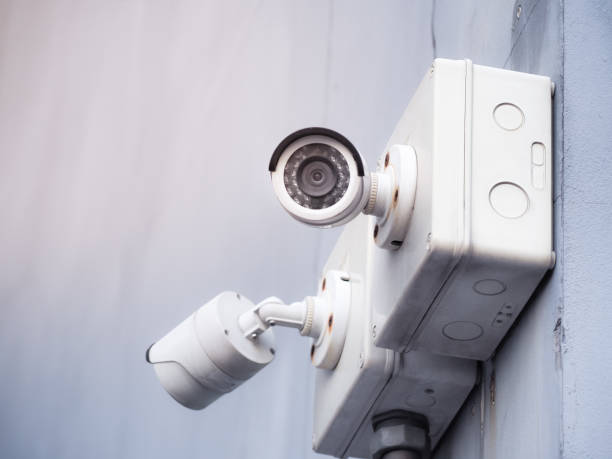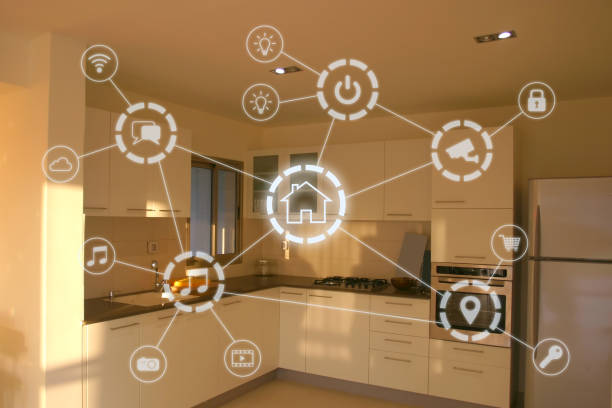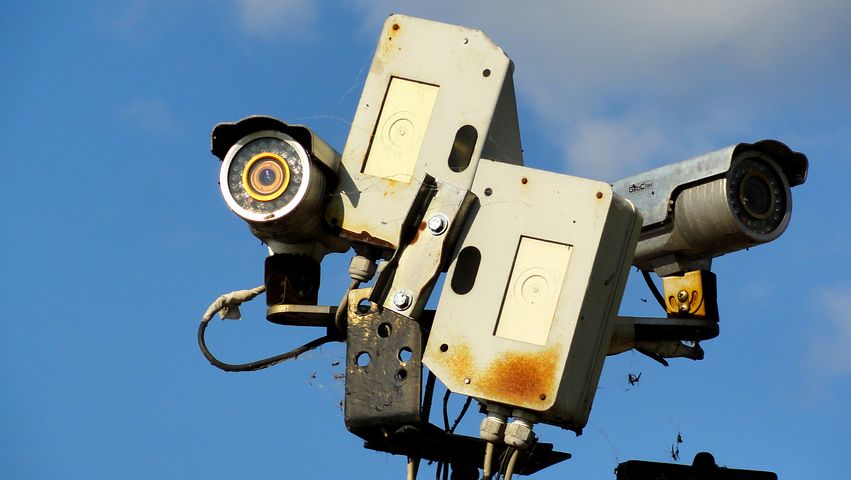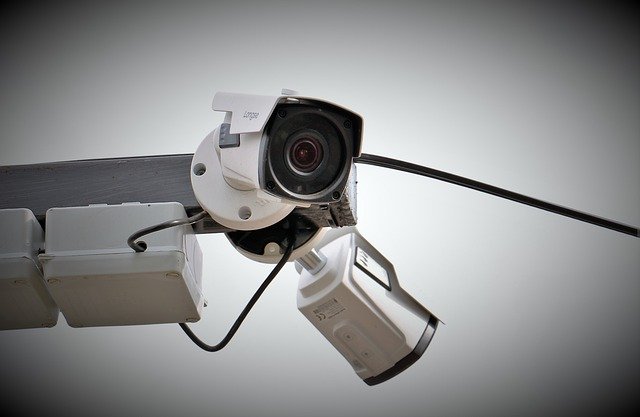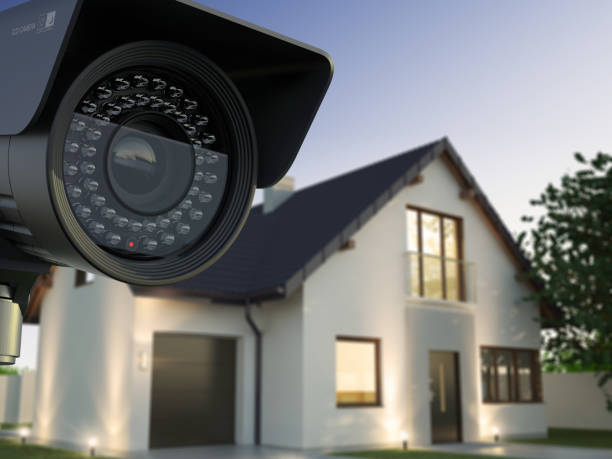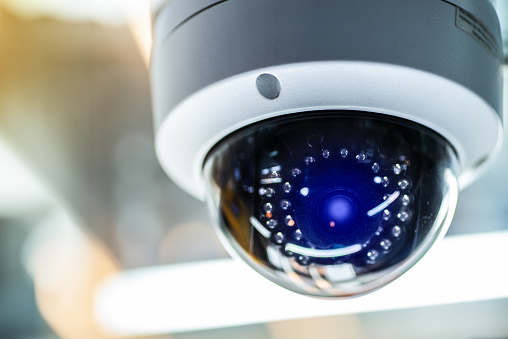An introduction to CCTV security system for newbies
You must have noticed that whenever you walk into a bank or a store, there is always a sign that says “CCTV in operation” or “area under surveillance”. CCTV installation has become quite popular whether it is in homes, offices or shopping malls. Nevertheless, one might wonder how it works or what does it even mean in the first place.
CCTVs have become an essential aspect when it comes to preventing crimes or even carrying out surveillance. Regardless of whether you install CCTVs for preventing robberies, provide enhance security for residents of a building or to secure your retail store of shop lifting, it is imperative to know the fundamentals about close circuit television systems.
CCTV origin
Although CCTVs became popular in 1990s but they were first used in 1942 for observing military rockets. Though they were introduced to commercial markets much later but the version of CCTVs systems that we see now is as a result of massive technological developments that have taken place with unrelenting dedication of the researchers. Imagine what began as merely a live stream monitoring device is now able to not only live stream but store surveillance videos wirelessly. It is all thanks to Walter Bruch who laid grounds for what is now enhanced security and protection for our businesses, properties and secure public areas.
How does a CCTV function
There are primarily 6 components that make up a CCTV:
- Cameras
- Power supply
- Cables
- Scart connectors
- DVR
- Monitor
The simplest way to understand a traditional CCTV functionality is when camera captures a footage, it transmits the date across CCTV cable that reaches the DVR. The DVR then further transmits the footage to the monitor which is connected to it with the help of a scart connector. Obviously, cameras, DVRs and monitors are powered by power supply.
CCTV placement
More or less, CCTVs are usually positioned on the entrances, dead spots and other premeditated areas around a property. The placement is important because it plays a crucial role in protecting our possessions, ensuring personnel security both at work place and home and monitors unknown visitors by capturing footage 24 hours. CCTVs help prevent criminal activities and in the event if a misfortune occurs, they provide ample evidence that aid during the time of conviction by facilitating in identification of criminals.
CCTV categories
Typically, CCTV systems fall under two categories that are described as under:
- Analog CCTV: These are traditional form of CCTV systems that comprises of CCTV system connected visa cables. They function by sending the footage across via coaxial cables to the DVR, known as digital video recorder, which is connected to the monitor or a router (in case of remote access functionality).
- DIGITAL CCTV: These are also known as IP CCTVs or NETWORK CCTVs. They are the opposite of wired CCTVs. IP CCTV systems record and store the footage in a digital format hence the need to conversion gets omitted. These systems rely of the digital IP address and operate on LAN.
It can be argued that an IP CCTV camera system provides ease of installation compared to the traditional wired CCTVs, however, they offer limited reliability in comparison to their wired counterparts.


